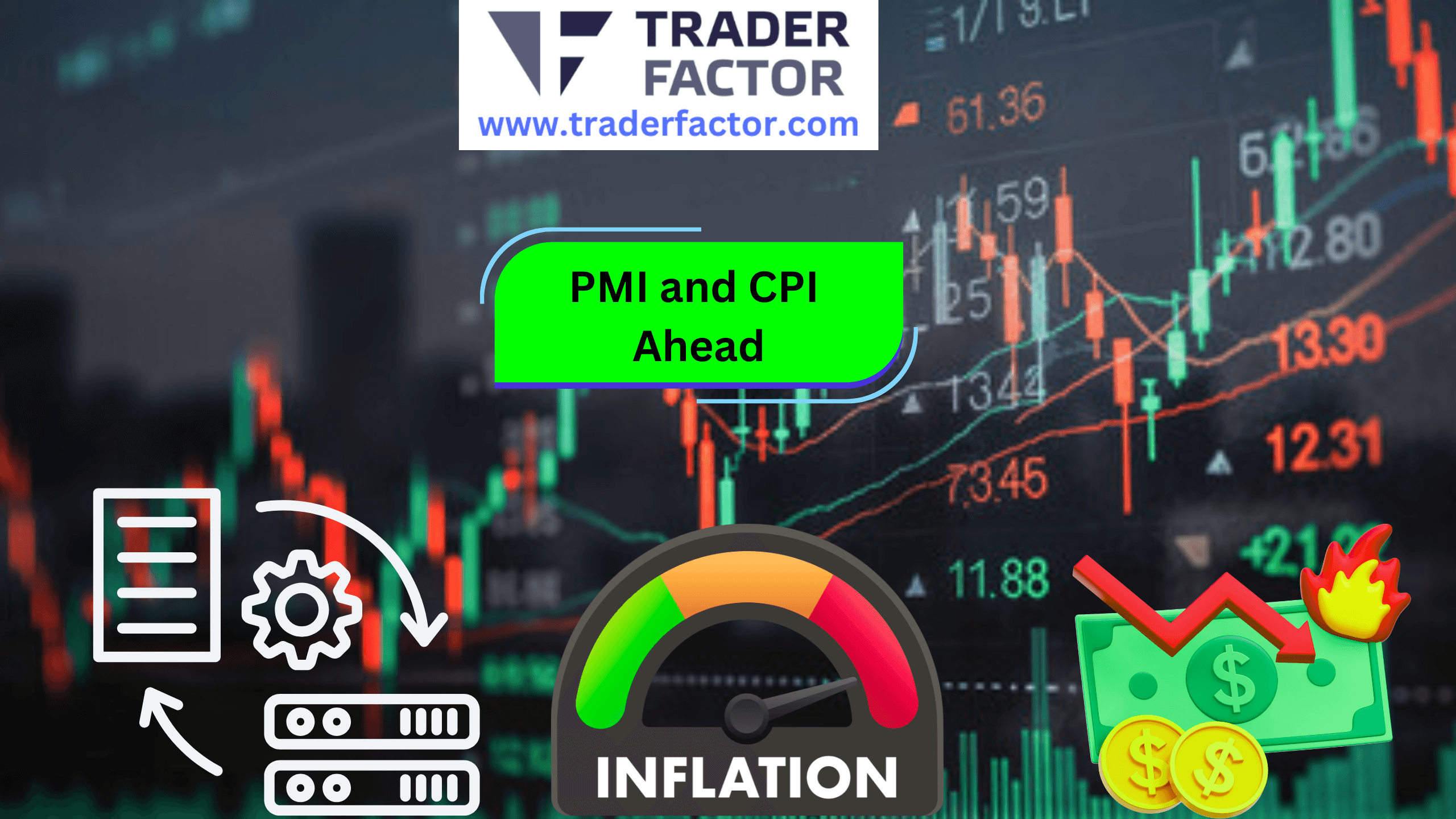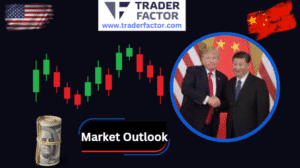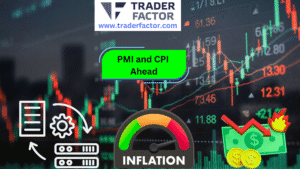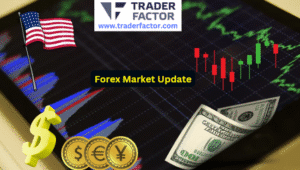Global financial markets are bracing for a period of increased market volatility as traders await a cascade of crucial economic data. Upcoming releases of the Flash Purchasing Managers’ Index (PMI) from major economies and the U.S. Consumer Price Index (CPI) are expected to provide critical insights into global economic health and inflation trends. These high-impact reports are poised to influence central bank policy expectations and drive significant movements across equities, currencies, and commodities. Investors are also monitoring other key market developments, including geopolitical shifts and notable price action in assets like gold and Bitcoin, creating a complex and cautious trading environment.
Table of Contents
ToggleEconomic Indicators to Set Market Tone
The primary focus for the upcoming sessions will be on key economic reports that serve as a barometer for business activity and price pressures. These figures are instrumental in shaping the narrative around potential economic slowdowns or persistent inflation.
PMI Data to Reveal Business Health
Flash PMI readings from the United States, Great Britain, and the Eurozone are highly anticipated. These reports offer a timely snapshot of the manufacturing and services sectors, with a reading above 50 indicating expansion and below 50 signaling contraction. For instance, any further weakness in Germany’s manufacturing PMI could heighten recessionary fears in Europe, potentially weighing on the euro. Conversely, strong services data from the U.S. could reinforce the notion of economic resilience, impacting the Federal Reserve’s policy calculus and strengthening the U.S. dollar against its peers.
U.S. CPI Report Looms Large
The U.S. CPI report remains the week’s most pivotal release, as it directly influences the Federal Reserve’s stance on interest rates. Market participants will scrutinize the core CPI figure, which excludes volatile food and energy prices, for a clearer view of underlying inflation trends. A higher-than-expected number could dampen hopes for any near-term monetary easing, likely putting downward pressure on stock indices like the Nasdaq. In contrast, a softer inflation print might fuel a risk-on rally, boosting equities and other growth-sensitive assets as it provides the central bank with greater policy flexibility.
Broader Market and Geopolitical Landscape
Beyond the economic calendar, several other factors are contributing to the current market sentiment. These range from geopolitical developments to significant movements within major asset classes.
A Look at U.S.-China Relations
Tensions between the U.S. and China continue to be a source of underlying market concern. President Donald Trump’s recent proposal of 100% tariffs on Chinese goods has introduced a layer of uncertainty, even as the feasibility of such a policy is debated. A scheduled meeting next week between Trump and Chinese President Xi Jinping will be closely watched. Any resulting commentary could have far-reaching implications for global trade and supply chains, prompting many investors to adopt a cautious stance until more clarity emerges from the high-stakes diplomatic engagement.
Key Asset Movements
Gold: Retreat After Record Highs
Gold markets have experienced a notable pullback, with spot prices settling near $4,100 per ounce following a period of record highs. This correction has been largely attributed to profit-taking among investors after a strong rally during the Diwali festive season. The uptick in the U.S. dollar has also played a role, signaling a shift in risk appetite and serving as a headwind for precious metals. Despite the short-term softness, analysts note that gold could remain supported by ongoing geopolitical uncertainties and expectations around future central bank monetary policy actions.
Bitcoin: Broad-Based Pressure on Digital Assets
The cryptocurrency market, led by Bitcoin, has seen heightened volatility recently. Bitcoin prices have dropped below the $110,000 threshold, continuing a trend of weakness that reflects broader risk-off sentiment across financial markets. This decline has paralleled moves in other speculative assets, as traders seek more traditional safe-haven investments in response to economic and geopolitical uncertainties. Short-term sentiment in digital assets remains cautious, as investors await clearer signals from macroeconomic indicators and regulatory developments.

Nasdaq: Sensitivity to Data and Trade News
U.S. equity markets, and especially the Nasdaq composite, are trading under pressure. The index has been particularly responsive to both the upcoming releases of PMI and CPI data and to ongoing trade rhetoric between the U.S. and China. Many technology companies listed on the Nasdaq have exposure to global supply chains and consumer demand, making them vulnerable to shifts in trade policies or market sentiment. As a result, any surprises in economic data or diplomatic outcomes could trigger noticeable swings in the index, as investors reposition ahead of clarity on monetary policy and global trade conditions.
Conclusion
Markets are positioned for a dynamic period, with PMI and CPI data set to be the primary catalysts for volatility. The interplay of these economic indicators with ongoing geopolitical developments and existing price trends in key assets will be crucial in shaping market direction over the coming sessions.
Disclaimer:
All information has been prepared by TraderFactor or partners. The information does not contain a record of TraderFactor or partner’s prices or an offer of or solicitation for a transaction in any financial instrument. No representation or warranty is given as to the accuracy or completeness of this information. Any material provided does not have regard to the specific investment objective and financial situation of any person who may read it. Past performance is not a reliable indicator of future performance.


















